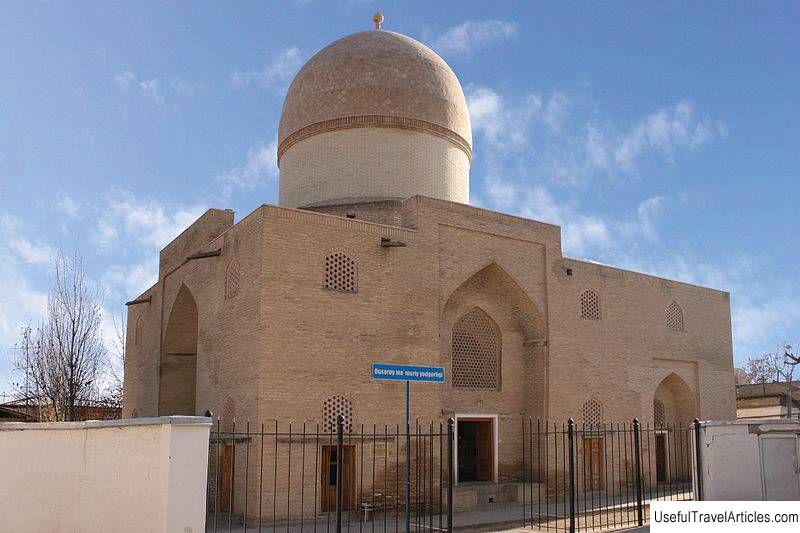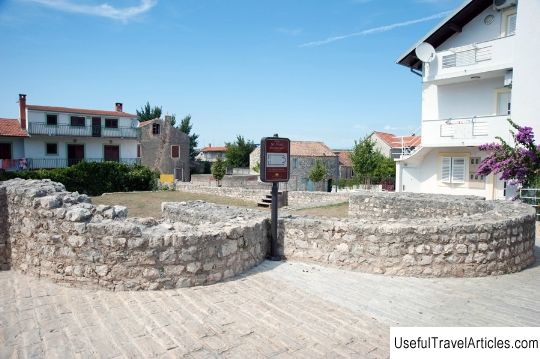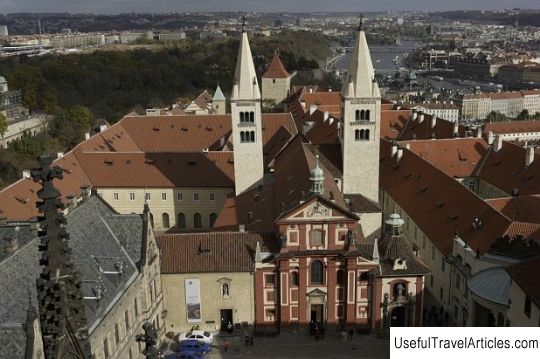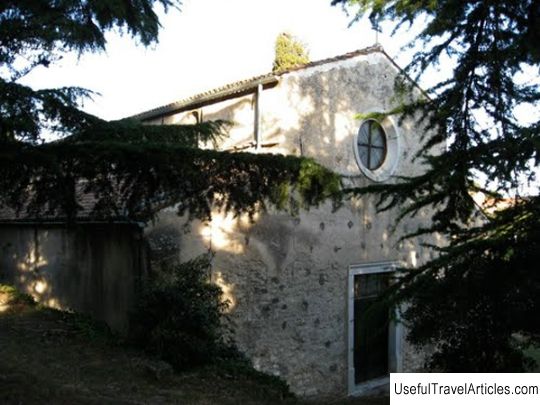Aglona Basilica (Aglonas bazilika) description and photo - Latvia: Aglona
Rating: 7,5/10 (100 votes) 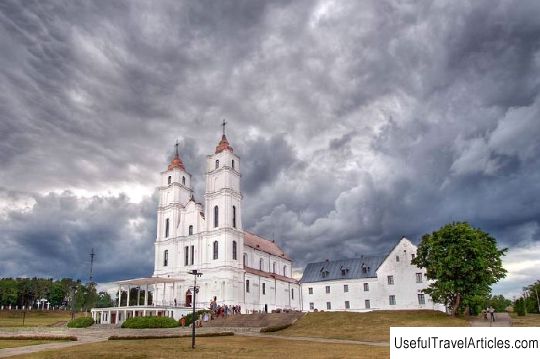
Aglona Basilica (Aglonas bazilika) description and photos - Latvia: Aglona. Detailed information about the attraction. Description, photographs and a map showing the nearest significant objects. The name in English is Aglonas bazilika. Photo and descriptionAglona Basilica is considered the center of pilgrimage and Catholicism in Latvia. The famous basilica is located in the village of Aglona between the cities of Daugavpils and Rezekne, in Latgale - the eastern region of Latvia. In 1699, the landowners Ieva and Dadziborg Shostovitsky called here the monks of the Dominican order from Vilnius, and in a wonderful place in the middle of the Cirisu and Egles built a wooden church. In 1768-1789, on the site of the old church, a baroque brick church was built along with the adjacent monastery building. The basilica was built in honor of the Assumption of Our Lady. The icon of the Most Holy Theotokos was placed above the main altar. It was created in the 17th century by an unknown artist. In 1863, the Russian authorities prohibited the admission of new novices to the Catholic orders. At the end of the 19th century, the last Dominican died in Aglona, and the church was taken over by diocesan priests. In 1920, the first bishop of Latvia, Anthony Springovich, was ordained, who turned Aglona into the center of the revived Riga bishopric. In July 1944, when the front advanced, the priest managed to take out the icon and keep it in the barn on the farm. Later, the icon was returned to the altar of the church. In 1980, the Aglona Church celebrated its 200th anniversary. And in honor of such a holiday, Pope John Paul II gave it the status of "basilica minoris", which means "small basilica". The two-tower baroque church is a three-aisled six-pillar basilica, whose presbytery (elevation for the altar) is closed by a polygonal apse. The lower tier of the majestic south-facing main facade is accentuated by a multi-column framing of portals that resembles a theatrical setting. In the decoration of the cross arches, vaults, walls and pillars of the interior, mainly rocaille decorations were used, created on a plaster layer using the grisaille technique. The pillars of the vaults of the side aisles, which have powerful bases and pedestals, are interpreted as part of the supporting arches and are devoid of imposts and capitals. The composition of the two-tiered central altar includes a letner, window openings and a spherical ceiling of the apse. The altar stands out for the picturesque arrangement of various-scale order elements, complemented by figures of saints, rocaille putti and decorative details in the style of classicism. Also, classicism is seen in the construction and decoration of the side altars located on the transverse axis of the temple and the pulpit. The interior decoration has preserved paintings from the late 18th - early 19th centuries, wooden sculpture and an organ (19th century). Under the leadership of Dean Andrejs Aglonietis, the basilica and the surrounding area were reconstructed in 1992-1993. In January 1993, the choir “Magnificat” was created in the church, consisting of 40 members (organists, musicians, doctors, teachers from all over Eastern Latvia), the conductor and artistic director of which was organist Ieva Lazdane. The choir's repertoire consists of over 200 pieces. These are spiritual chorales, cantatas, psalms, masses and secular music. The choir takes part in all major church holidays. During the meeting of the Teze movement in late 1993 - early 1994, the Magnificat choir was in Munich. In 1996, on Easter, the choir visited the holy places of Europe: Zakopane in Poland, Alteting in Germany, Lazalette and Lourdes in France, Montserrat in Spain. On September 9, 1993, Pope John Paul II visited Aglona. He celebrated the Pontifical Mass, which was attended by about 380,000 pilgrims. The most important holiday of the Aglona Basilica is August 15 - the Day of the Assumption of Our Lady. About 150,000 pilgrims come here annually.       We also recommend reading Mount Tymfristos description and photos - Greece: Karpenisi Topic: Aglona Basilica (Aglonas bazilika) description and photo - Latvia: Aglona. |
